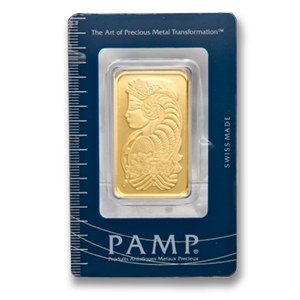The labor theory of value is a lie
Refutation by counterexample.

From Wikipedia:
The labor theories of value (LTV) are heterodox economic theories of value which argue that the value of a commodity is related to the labor needed to produce or obtain that commodity.
A simple counterexample:
I save in gold. Now, I have two choices -- I can buy ounces of gold in the form of coins like Canadian Gold Maple Leaves, or I can buy ounces of gold in the form of gold bars.
For PAMP Suisse bars, the amount of energy expended into giving them their final shape is the same as for Canadian Gold Maple Leaves, the elaborate and intricate design is the same in terms of effort and attention to detail, and the final shape is produced to specifications of the same accuracy as for Maple Leaves. In each case, the amount of labor -- energy -- expended to produce the final commodity, and the amount of original commodity expended to produce the final commodity, is exactly the same.
So, the LTV would predict that PAMP Suisse bars and Maple Leaves should be equal in terms of value. That is, we ought to see gold buyers willing to give up the exact same (money, time, effort) in exchange for either Maple Leaves or Suisse bars, and they shouldn't prefer either over the other. Same inputs, same labor, remember?
Except PAMP Suisse bars really don't have the same value as Maple Leaves. Observing reality, gold Maple Leaves command a higher price than PAMP Suisse bars (always around 3% to 5% higher). That is to say, buyers are willing to give up more for coins, than they are willing to give up for bars.
Ooops, LTV! What happened? How does the LTV explain that?
Well, LTV cannot explain that. Unless "roundness" of an object means that some supernatural magical labor skill was used to make the object, then LTV clearly predicts one thing, and reality says another. When theory and reality contradict, that means the theory is wrong.
Therefore, we have deduced that the LTV is wrong.
So how could we go about explaining this disparity in prices then?
Well, it's very simple to me. I'd use the subjective theory of value. It states that the value of an object is not related to the labor that went into making the object. The value of an object is (so says the theory) a function of the particular buyer's preferences (see above) where labor is only a small factor, along with time preference, perceived utility of the object, and many more seemingly-"irrational" or circumstantial individual factors that the evaluator judges on the spot. That is, you can only know the value of a thing in relation to a person and how much he is actually willing to give up for the thing right now.
Right?
So, for me, it's pretty clear that more people want coins than the people who want gold bars, thus the prices of each item are adjusted to match by the sellers. Why? Meh! Maybe they like the roundness of coins. Maybe they like the particular design. Maybe they are coin collectors. Maybe people are conditioned to perceive rounds "more like money" than bars. Who the fuck knows, the theory doesn't care anyway. All we know is the observable fact that people are willing to give up more to get coins, compared to bars that are exactly the same in every aspect but shape. This proves beyond any doubt that, in matters of gold purchases, most people prefer the round thing over the rectangular thing, all other things being the exact same.
Now, and consistent to the subjective theory of value, there should be a small portion of people who do in fact prefer different things than what the majority prefers, all else -- labor or inputs -- being the same. Remember that the labor theory of value makes no such contemplation for varying individual preferences, whereas it's the core element in the subjective theory of value.
That is to say, in matters of gold purchases, we should see people who do actually prefer the rectangular thing over the round thing.
I am living proof of that. I am part of that group. I care about melt value of the metal more than the shape it was cast into. I value the precious metal more than I value the way it is shaped or the labor that went into it. So, what I do, is I get the bars, because my personal preference is that bars get me the most precious metal for a given amount of money, and I don't give a damn about the shape. In that sense, this exchange is more advantageous to me than getting coins would be, because it adjusts to my own subjective preferences much better than other people's preferences.
There you go. Labor theory of value disproven. Subjective theory of value proven.

